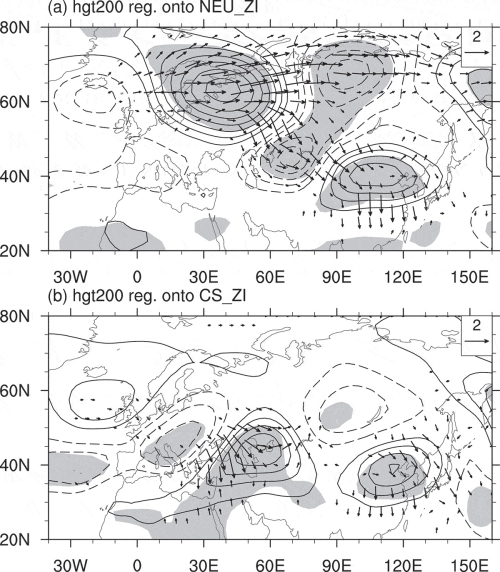
Northeast Asia witnessed the hottest summer (refers to July and August here) in 2018 since 1979. Anomalously high temperatures covered a large area, including North and Northeast China, southeastern parts of Mongolia, North Korea, South Korea, and southern parts of Japan, with the area-mean temperature 1.2°C higher than that of the 1979-2018 climatology.
Countries in Northeast Asia suffered severe challenges relating to water shortages, electricity consumption, crop failure, and increases in heat-related illness.
"The summer temperature over Northeast Asia has experienced a rising trend in the past few decades. The warming background has favored the occurrence of extremely hot summers, but it is not the only contributor. The anomalous warming in 2018 is substantially attributable to the circulation anomaly," says Dr. XU Ke, a climate researcher at the Institute of Atmospheric Physics (IAP) of the Chinese Academy of Sciences, and also the first author of a paper recently published in Atmospheric and Oceanic Science Letters.
The results indicated that a positive anomaly of geopotential height, corresponding to an anomalous anticyclone, appeared over Northeast Asia in summer 2018, with its intensity reaching the strongest since 1979, and therefore enhanced downward solar radiation and adiabatic heating by subsidence and caused atmospheric warming.
Based on the results of regression analysis over 1979-2018, the authors proposed that the upper-tropospheric circulation anomalies over northern Europe and the Caspian Sea were crucial in forming the circulation anomaly over Northeast Asia through initiating downstream wave trains, but their roles were largely independent.
"It is very particular that the geopotential heights over both northern Europe and the Caspian Sea were remarkably intensified in summer 2018, and they therefore contributed jointly to the profound circulation anomaly over Northeast Asia and the hottest summer on record," says Dr. XU.
Due to the two teleconnection patterns over the Eurasian continent, the temperature anomalies in Northeast Asia are closely related to those in both northern Europe and the Caspian Sea, where similarly extreme warming also happened in 2018 under the control of strong anticyclonic anomalies at the local scale.
"This study implies that the role of mid–high-latitude circulation anomalies should be emphasized to comprehensively understand the temperature variability over Northeast Asia," says Dr. XU. "Specifically, the sources of the two wave trains are worthy of further exploration, which will be helpful for improving the prediction of extremely high temperatures over Northeast Asia."

The 200-hPa geopotential height anomaly (contours; units: m) regressed onto (a) northern Europe circulation index and (b) Caspian Sea circulation index. Shading indicates anomalies significant at the 0.05 level, according to the Student’s t-test. Vectors are corresponding wave activity fluxes (units: m2 s-2). (Image by XU Ke)

86-10-68597521 (day)
86-10-68597289 (night)

52 Sanlihe Rd., Xicheng District,
Beijing, China (100864)

